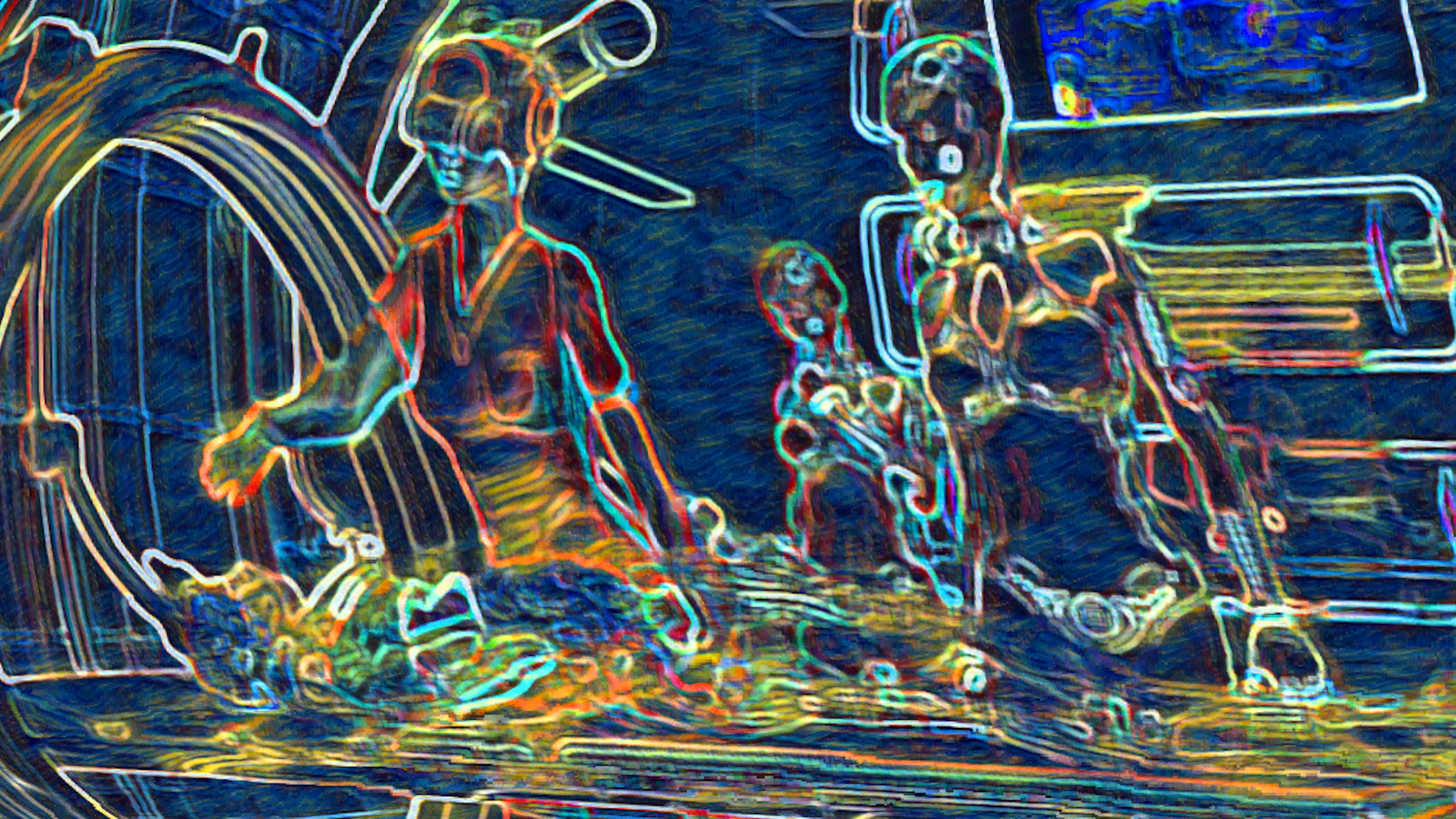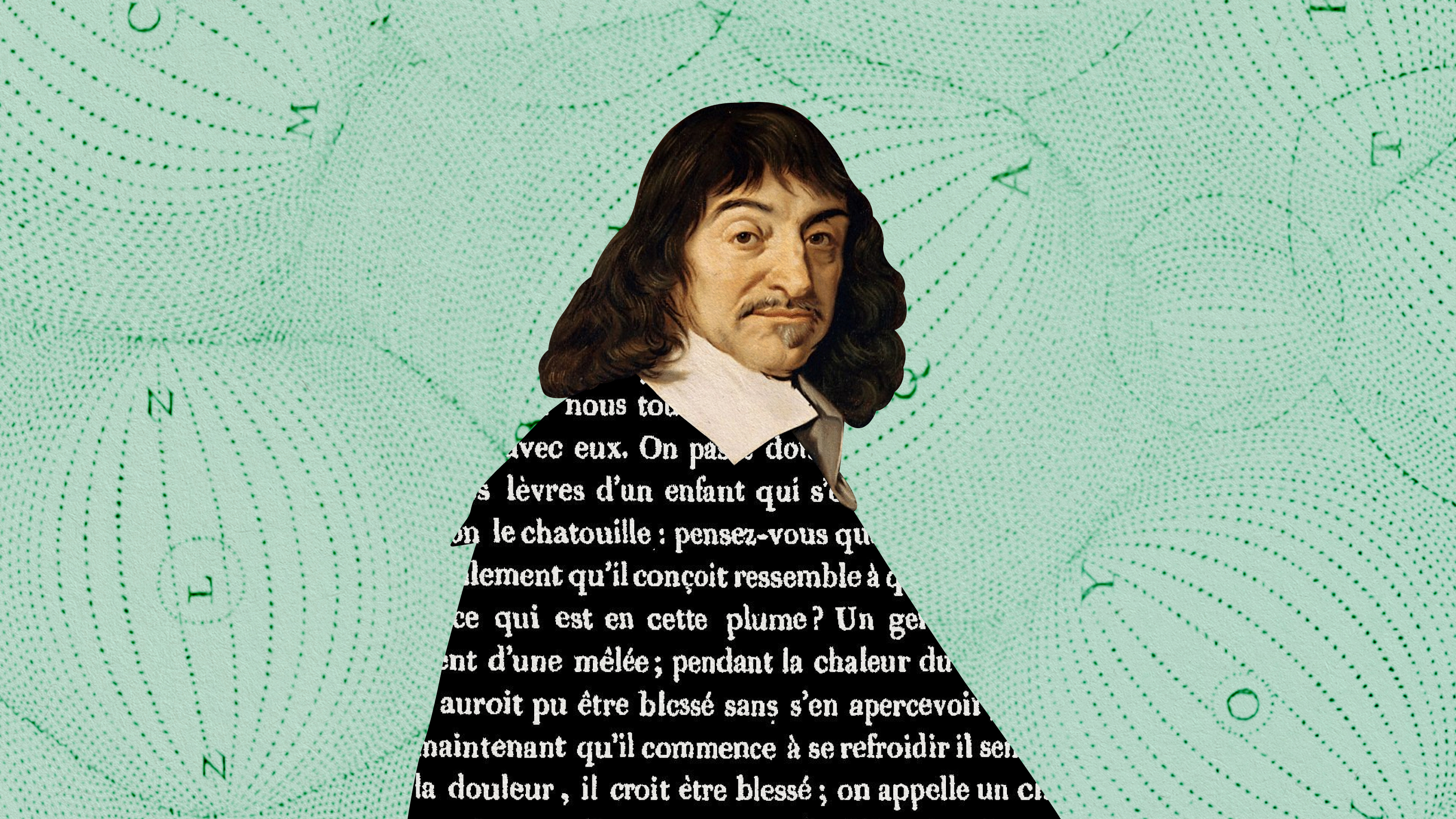SHANE PARRISH: I think the physical books just work for me. They work really well for note taking. They work really well for annotation. They give you something tangible. And there's something about it that I can't quite explain, right? Like, you can know something's in a book on the left-hand side of the page, between page 80 and 90. But if you're reading on a Kindle, you can't do that. So reading on a Kindle is great. I use a Kindle for traveling. But the vast majority of the reading I do, I try to do in physical books because I can write about the idea in my own penmanship. I can draw arrows, and pictures, and diagrams, and try to connect to the argument that the author is trying to make.
Because how can I agree or disagree with somebody if I don't understand the fundamental principles of the argument that somebody is trying to make? One of the ways you can deconstruct that is just sort of being actively attuned to what you're reading. I find when I read on the Kindle, I'm not necessarily as actively engaged in the book. But if I'm taking notes and I'm following along with the article, or I'm occasionally underlining a word that I don't even know what it means, and I want to go look it up later. But it means that I'm actively reading, that what I'm paying attention to, which is super important. And also one of the other things that I find easier to do with a physical book, although you can do it with a Kindle book, I call it like the blank sheet. And what we do there is before you read a book, you take a blank sheet of paper, and you write down what you know about that subject.
You can mine map it. You can write it in sort of like bullet points. And then you read maybe a paragraph — or not a paragraph. You read a chapter of that book. And that's all the reading time you have for that day. Well, now you go to that sheet and use a different color pen and you just fill in, like, what gaps did I learn? Did I learn a different terminology for the words? Can I connect it to what I've already read? And then before you pick up the book for the next chapter, you just skim the sheet. And it sort of primes your brain for what you're going to read. And I think that that's a really effective way to sort of not only build on the knowledge you have, but connect what you're reading to the existing knowledge. It's going to show you what you learned while you were reading because it's going to be a very visual distinction.
It's going to be a different color of ink. And I think that that allows you to sort of connect it to the book. And I often do that in the jacket of the book where, if I don't have a physical piece of paper, that's O.K. because I can just do it on the front cover. That is so much harder when you try to translate that to electronic. It's possible. But it's a lot more difficult.





